No products in the cart.
- Home
- Shop
- Computer Accessories
- Cables & Connectors
- Cable Clips
Cable Clips
KSh 250.00 Original price was: KSh 250.00.KSh 200.00Current price is: KSh 200.00.
In stock
- Components: Clip body, mounting mechanism (screws, adhesive, or nails), clamping section.
- Materials: Plastic, metal, rubber, adhesive.
- Types: Single, multiple, nail-in, adhesive, wall-mounted, push-in, heat-resistant.
- Applications: Home, office, industrial, automotive, construction, networking, outdoor.
- Benefits: Organizes cables, enhances safety, durable, easy to install, prevents damage.
- Installation: Adhesive, nail-in, screw-mounted, snap-on.
- Environmental: UV-resistant, RoHS compliant
Categories: Cables & Connectors, Computer Accessories
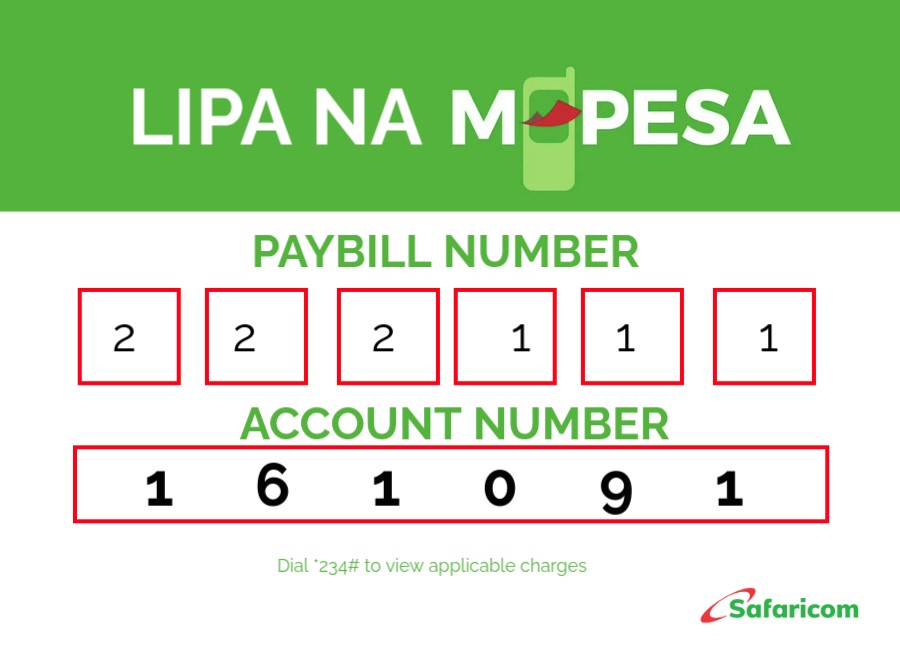
Cable Clips
Cable clips are small fastening devices designed to secure and organize cables, wires, and cords in place. They are commonly used in a wide range of applications, including residential, commercial, and industrial environments, to keep cables tidy and prevent tangling, tripping hazards, and damage to the cables. Cable clips come in a variety of designs, sizes, and materials, each suited to specific types of cables or installation conditions.
Here’s a comprehensive breakdown of cable clips:
1. Basic Structure and Components
Cable clips typically consist of three primary components:
- Clip Body: The main structure, usually made of plastic, metal, or rubber, that holds the cable in place.
- Mounting Mechanism: The part that allows the clip to be attached to a surface, such as a wall, floor, ceiling, or furniture. This can include holes for screws, adhesive backing, or nails.
- Clamping Section: A loop or groove in the clip that holds the cable, which can often be opened or closed depending on the design. Some clips have a hinged or snap-on mechanism for easy installation and removal of cables.
2. Materials Used
Cable clips are made from a variety of materials, depending on the application and the environment where they will be used. Common materials include:
- Plastic: The most common material, typically nylon or polypropylene, offering flexibility, durability, and ease of use. Plastic clips are often used in indoor applications for organizing cables.
- Metal: Clips made from steel, stainless steel, or aluminum are often used for securing cables in industrial or outdoor environments where greater strength and resistance to wear, heat, and corrosion are required.
- Rubber or Silicone: Used in rubber-lined clips for softer cable support, reducing the risk of damaging sensitive cables.
- Adhesive: Some clips have adhesive backings for easy attachment to surfaces, ideal for temporary installations or when drilling holes is not desirable.
3. Types of Cable Clips
There are many types of cable clips designed to meet different needs:
- Single Cable Clips: Designed to hold a single cable or wire, usually secured by a single clip or fastener. Common in home and office environments.
- Multiple Cable Clips: These clips can hold multiple cables in one unit, keeping them grouped together in a neat bundle. These are useful in areas with several cables running along the same path.
- Nail-in Cable Clips: A common type that uses a nail or staple to secure the clip to a surface. Often used for securing cables along walls or ceilings in construction and home improvement.
- Adhesive Cable Clips: These clips have a sticky backing, allowing them to be mounted without screws or nails. Ideal for temporary setups, or on surfaces that cannot be drilled.
- Cable Holders: A variation of clips, often with a clip-on design that holds cables in a fixed position, frequently used in computer setups, under-desk cable management, or in automotive applications.
- Wall-mounted Cable Clips: These are designed to be mounted on walls, typically with screws or nails, to route cables along vertical surfaces.
- Push-in Clips: Often used for auto wiring or telecom wiring, where the cable is pushed into the clip, and the clip holds it securely without the need for screws or nails.
- Cable Raceway Clips: Used to attach cables within raceways or conduits, commonly in networking or IT setups to manage cables inside channels.
4. Applications
Cable clips are used in a wide range of settings, from home and office spaces to industrial and outdoor environments:
- Home & Office: Organizing TV, computer, and entertainment cables, or securing power cords along walls, baseboards, and furniture.
- Commercial: Used in office settings to tidy up network, phone, and electrical cables along desks, walls, or ceilings.
- Industrial: Heavy-duty cable clips are used to manage electrical wires, control cables, and hoses in factories, machinery, and industrial equipment.
- Automotive: In vehicles, cable clips are used to secure wiring harnesses, electrical cables, and other components in engine compartments, undercarriages, and interior panels.
- Construction: Clips are used to organize electrical, communication, or data cables along walls, beams, and ceilings, especially during installation.
- Outdoor & Landscaping: In outdoor environments, such as garden lighting or exterior building installations, metal or UV-resistant clips help secure cables safely against weather conditions.
- Networking: Clips are essential for managing Ethernet cables, power cords, and data lines in server rooms, data centers, and telecommunication facilities.
5. Benefits of Cable Clips
- Organization: Keeps cables tidy, reducing clutter and making spaces look neater.
- Safety: By securing cables to surfaces, clips help reduce tripping hazards or the risk of damage to the cables, especially when used in high-traffic areas.
- Durability: Clips are designed to withstand the tension, weight, and environmental conditions of the cables they hold, preventing wear and tear.
- Ease of Installation: Many cable clips are easy to install, requiring minimal tools or no tools at all (e.g., adhesive clips).
- Cable Protection: Clips can prevent cables from bending, tangling, or getting caught in moving parts, extending the lifespan of cables.
- Flexibility: Available in various designs and sizes, clips can be used for both residential and heavy-duty industrial applications.
- Temporary or Permanent Use: Some clips (especially adhesive or snap-on types) are ideal for temporary setups, while others provide long-term cable management.
6. Installation and Usage
- Nail-in Clips: These clips are installed by hammering the attached nail into a surface, securing the clip in place. Typically used in wood or drywall.
- Adhesive Clips: Simply peel the backing and press the clip onto a clean surface. These are commonly used for temporary cable management or in locations where drilling holes is not practical.
- Mounting with Screws: Some clips require screws to attach to a wall or other surfaces. This type provides a more secure, permanent option for cable management.
- Push-in and Snap-on Clips: These types allow for easy insertion and removal of cables, making them convenient for situations where cables may need to be replaced or rearranged.
7. Maintenance and Removal
- Inspection: Regularly check that clips are securely holding cables, especially in high-traffic areas or environments with vibrations or temperature fluctuations.
- Replacement: If clips become brittle, cracked, or lose their ability to hold cables, they should be replaced to avoid compromising cable safety.
- Removal: Adhesive clips can often be removed by gently pulling them off the surface, while nail-in clips can be pried out with a flat tool. Clips mounted with screws should be unscrewed for removal.
8. Environmental and Regulatory Considerations
- RoHS Compliance: Many cable clips, especially those used in electronics or automotive applications, are designed to comply with RoHS (Restriction of Hazardous Substances) regulations, ensuring that they are free of harmful chemicals like lead and cadmium.
- UV Resistance: Outdoor clips, especially those exposed to sunlight, may be made with UV-resistant materials to prevent degradation from prolonged sun exposure.
- Fire Resistance: In certain applications (e.g., industrial or electrical installations), clips made from fire-resistant materials may be required to meet safety standards.
Cable clips are a simple yet highly effective solution for organizing, securing, and protecting cables across a wide variety of settings. From small home setups to large industrial installations, these clips provide a cost-effective way to keep cables neat, secure, and safe. With different types, materials, and installation methods, cable clips are versatile tools that help reduce cable clutter, enhance safety, and improve the longevity of cables.
Add your review Cancel reply

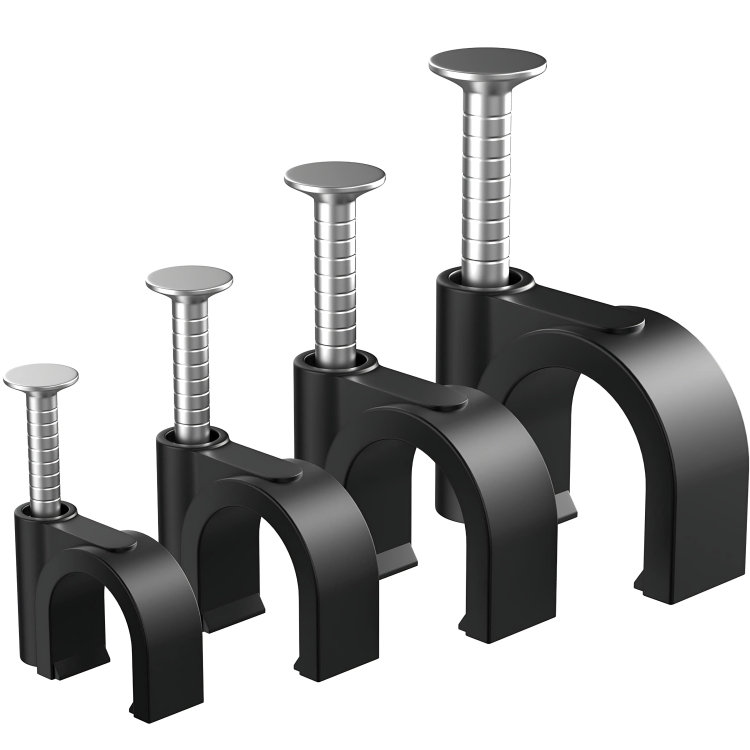
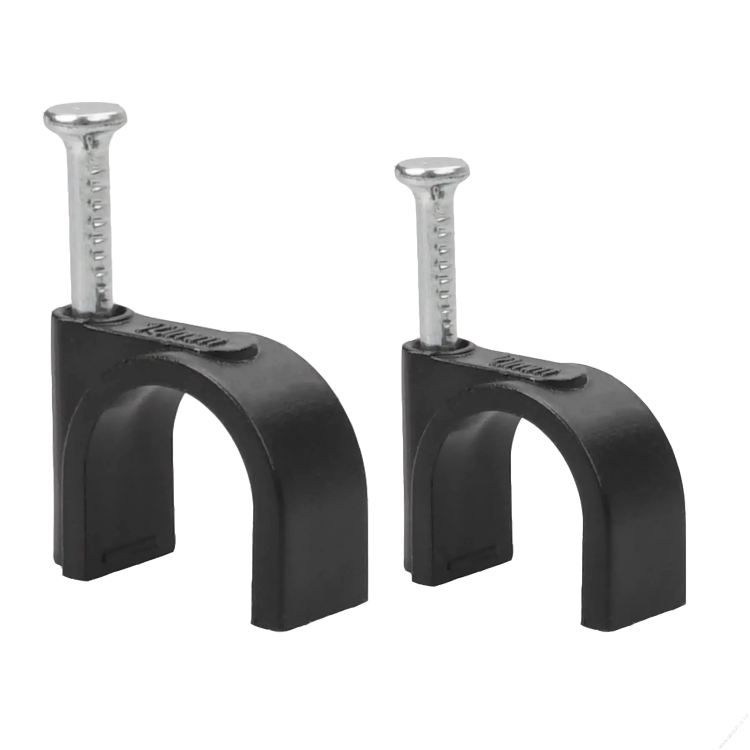
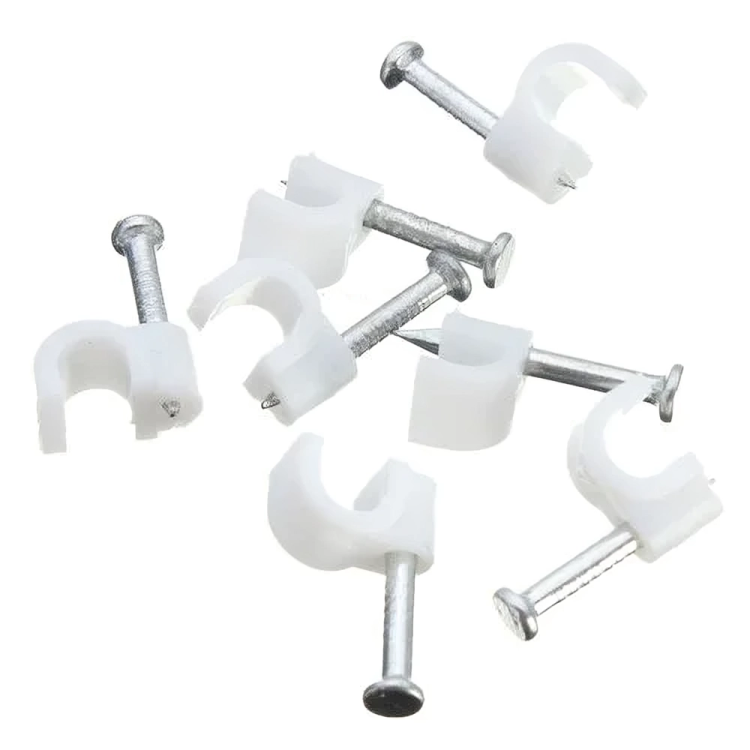
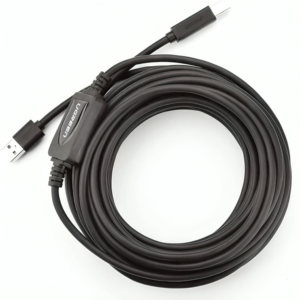

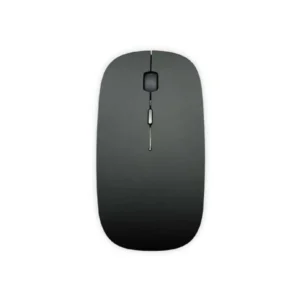

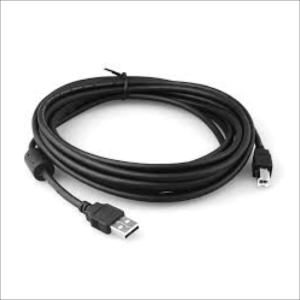
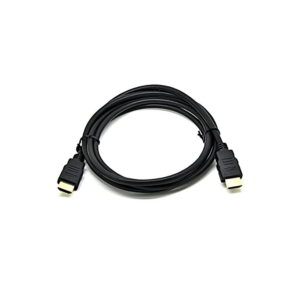

Reviews
There are no reviews yet.